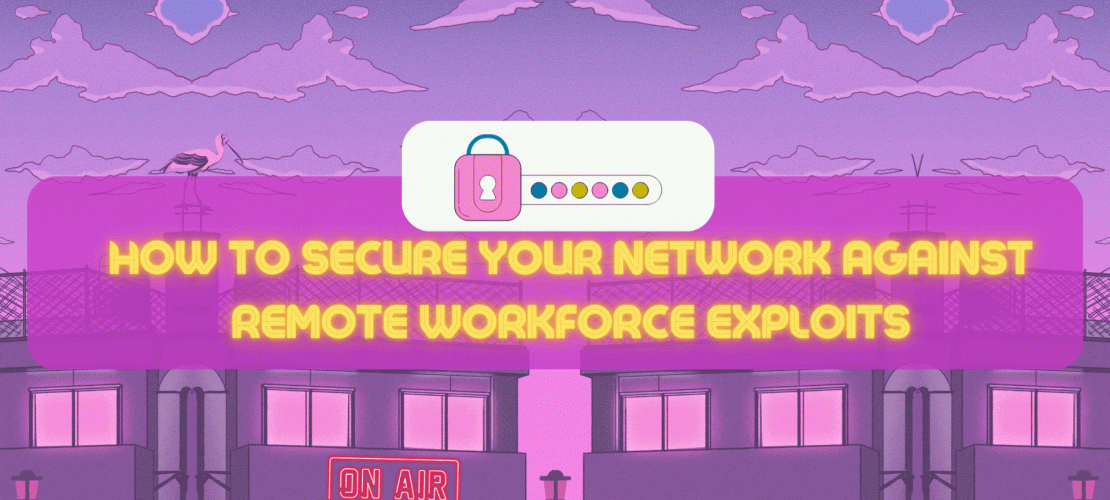The COVID-19 pandemic has brought about significant changes in the way we live and work. One of the most significant changes has been the shift towards remote work. With more people working from home, businesses have had to adapt and ensure that their networks are secure. However, this shift has also led to an increase in pandemic-driven DDoS attacks. In this article, we will explore what pandemic-driven DDoS attacks are and how you can secure your network against remote workforce exploits.
What are Pandemic-Driven DDoS Attacks?
Pandemic-driven DDoS attacks are a type of distributed denial of service (DDoS) attack that targets businesses and organizations during the COVID-19 pandemic. These attacks are designed to exploit the increased use of remote workforce technology, such as virtual private networks (VPNs) and cloud-based applications, which have become essential tools for businesses during the pandemic.
The goal of a DDoS attack is to overwhelm a network with traffic, making it impossible for legitimate users to access the resources they need. With pandemic-driven DDoS attacks, cybercriminals are taking advantage of the vulnerabilities created by the shift to remote work to launch these attacks.
How to Secure Your Network Against Remote Workforce Exploits
- Use a VPN
A virtual private network (VPN) is a secure tunnel between a remote device and the corporate network. It encrypts all traffic passing between the two, making it difficult for attackers to intercept or manipulate traffic. Using a VPN can protect your network against many types of remote workforce exploits, such as man-in-the-middle (MitM) attacks and phishing attacks.
When choosing a VPN, it is essential to select one that is both secure and easy to use. Ideally, the VPN should be able to be integrated into existing network infrastructure, and it should be compatible with all devices used by remote workers.
- Implement Multi-Factor Authentication
Multi-factor authentication (MFA) is an essential security measure that can help protect against remote workforce exploits. MFA requires users to provide more than one form of identification to access a resource, such as a password and a fingerprint or a smart card and a PIN.
Implementing MFA can help prevent unauthorized access to your network and resources, even if an attacker has managed to steal or guess a user’s password. MFA can also help protect against phishing attacks, as it requires the attacker to have more than just the victim’s password.
- Monitor Network Traffic
Monitoring network traffic is an essential aspect of network security. By monitoring traffic, you can detect anomalies and potential threats before they become full-blown attacks. It is essential to use monitoring tools that can detect and alert you to unusual network activity.
- Implement a DDoS Protection Service
Implementing a DDoS protection service is one of the most effective ways to secure your network against remote workforce exploits. DDoS protection services are designed to detect and mitigate DDoS attacks, preventing them from overwhelming your network.
When choosing a DDoS protection service, it is essential to select one that can scale with your network and provide real-time detection and mitigation. The service should also be able to detect and mitigate both high-bandwidth and low-and-slow attacks.
Conclusion
The COVID-19 pandemic has brought about significant changes in the way we work, with remote work becoming more prevalent than ever before. However, this shift has also led to an increase in pandemic-driven DDoS attacks. To secure your network against remote workforce exploits, it is essential to use a VPN, implement multi-factor authentication, monitor network traffic, and implement a DDoS protection service. By taking these steps, you can help protect your network and resources against cybercriminals who seek to exploit the vulnerabilities created by the pandemic.




